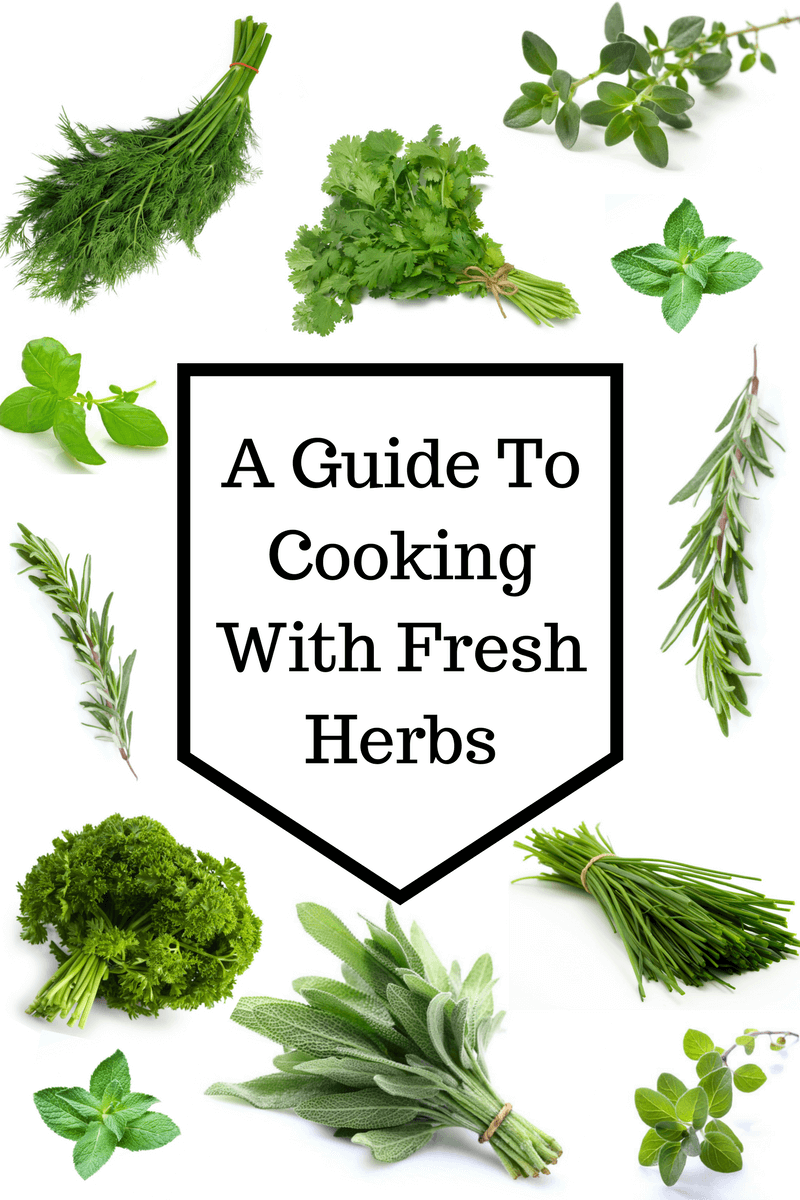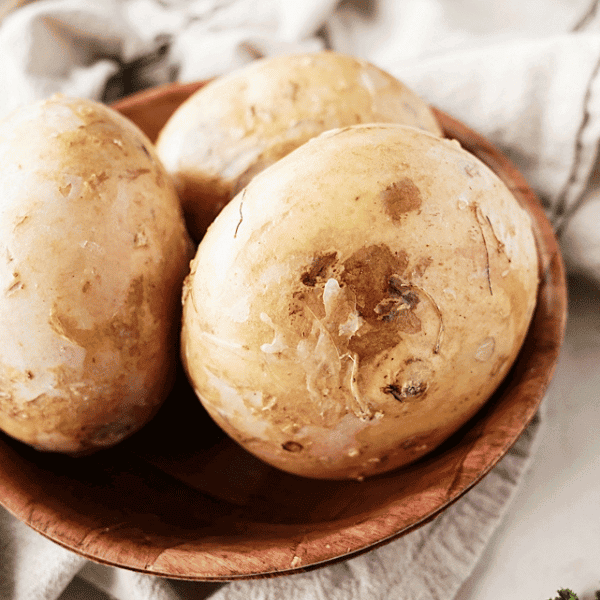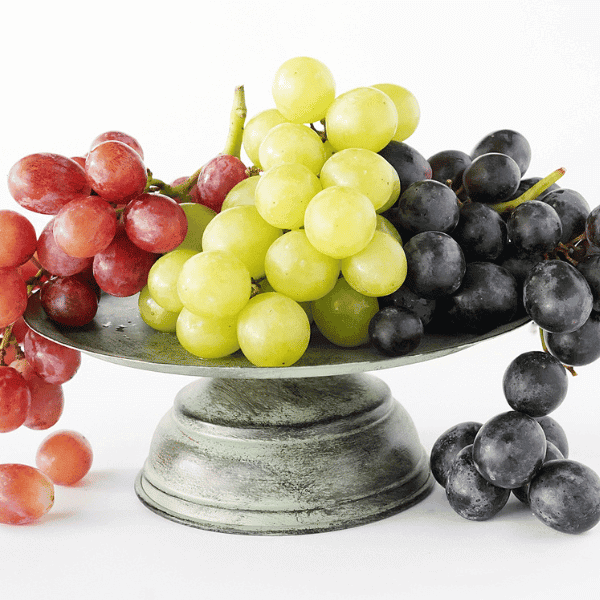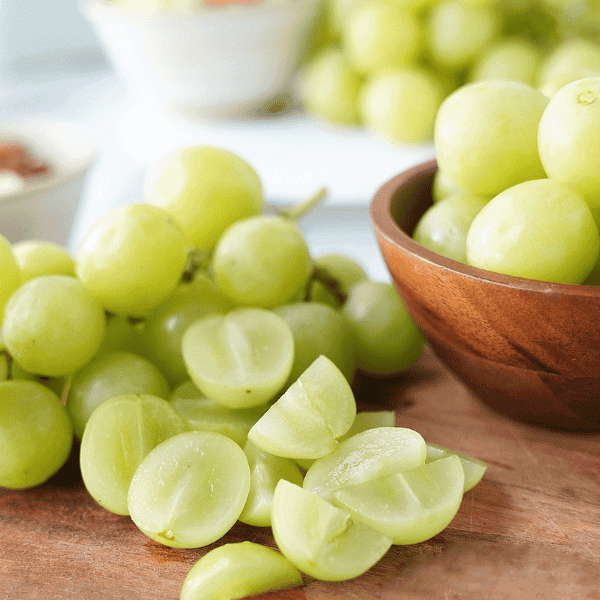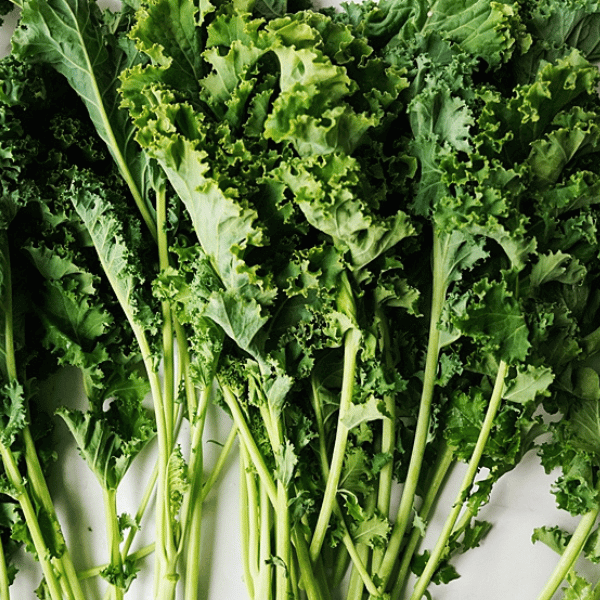A Guide To Cooking With Fresh Herbs
Oct 05, 2022
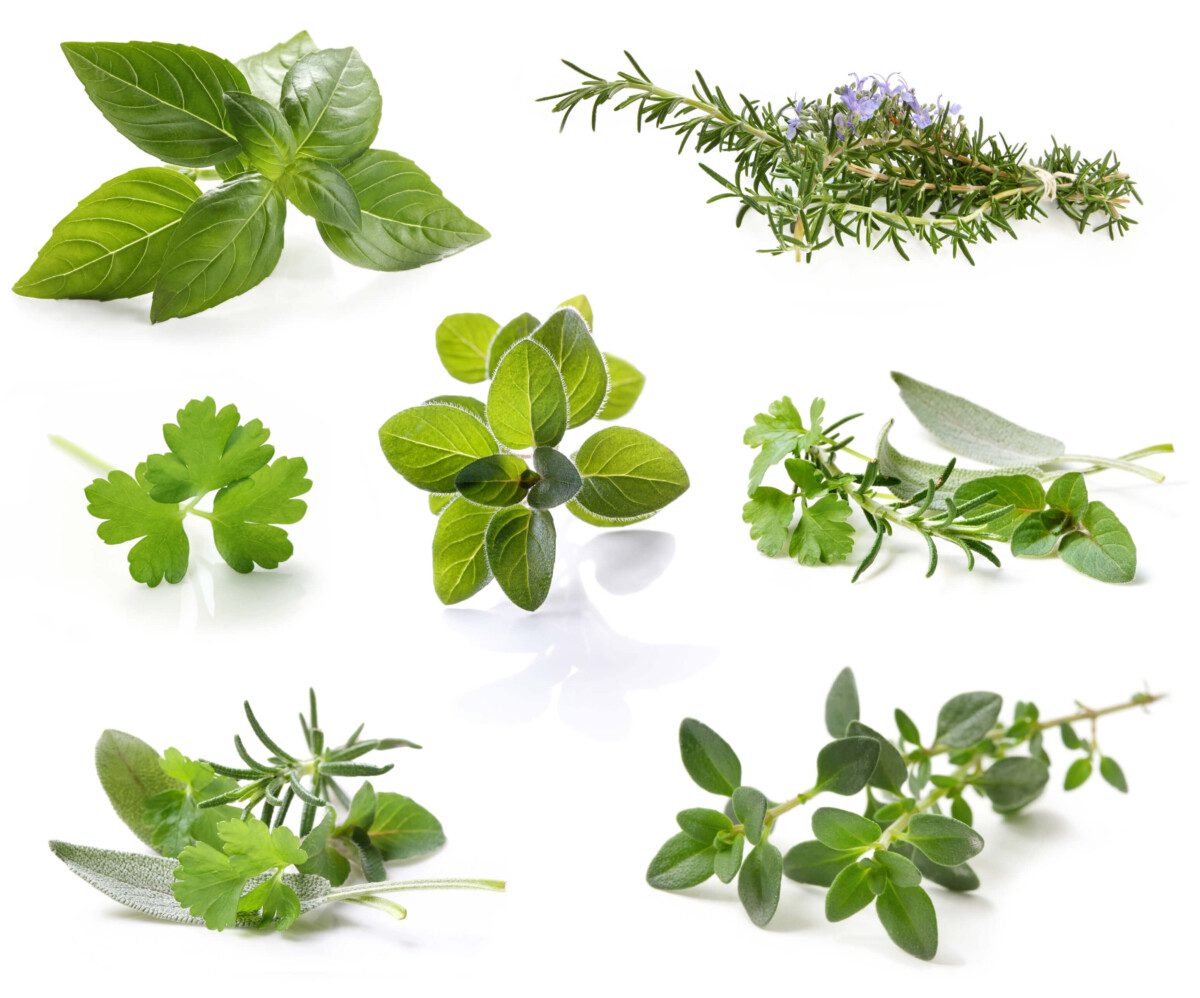
This post may contain affiliate links. Please read our disclosure policy.
Fresh herbs will take your cooking to a whole new level! Just a little will add a robustness of flavor and complexity of taste to your dishes. Cooking with fresh herbs is easy. The most important part is knowing which herbs to use and when. But before we get into that, let’s discuss the basics.
How to Wash Herbs
- Wash and dry your herbs in a salad spinner.
- If you do not have a salad spinner, soak herbs in cold water and pat them dry using a paper towel.
How to Store Herbs
- Hardier herbs (chives, sage, rosemary, thyme) can be wrapped in a damp paper towel, placed in a plastic zipper bag, and stored in the refrigerator. Herbs can last up to two weeks using this storage method.
- Tender herbs (cilantro, dill, parsley, mint, tarragon) should be stored using the “planting” method. Cut off the base of the stems and remove any wilted leaves. Fill a glass jar with an inch or two of cold water. Place the herbs stem down into the water and cover the tops with a plastic bag. Secure with a rubber band and place in the refrigerator. Herbs can last up to three weeks using this storage method.
- Use the planting method to store basil, but leave uncovered and place on the countertop.
How to Freeze Fresh Herbs
If you will not be able to use all of your herbs before they start to wilt and go bad, freeze them for later use. Freezing fresh herbs is a simple process. Here’s how:
- Wash, dry, and chop herbs.
- Place chopped herbs in ice cube tray.
- Add a small amount of olive oil to each cube.
- Place the ice cube tray in your freezer and let sit overnight. Once the herbs are frozen through, remove the cubes and place in a plastic zipper bag and return to the freezer.
- Add the frozen cube herbs as you are cooking your meal. They will melt quickly and provide a nice flavor to your dish.
Other Fresh Herb Tips
- If you are replacing dried herbs with fresh herbs in a recipe, use 3-4 times more fresh herbs than the recipe calls for and add towards the end of the cooking process.
- Use a sharp knife or herb scissors to chop fresh herbs. A dull knife will crush instead of cut the herbs which will cause bruising.
- Here is our guide on how to start an herb garden.
Fresh Herbs vs Dried Herbs: When To Use Which?
- Dried herbs should be used DURING the cooking process. They need time to infuse the dish. Dried herbs are great for rubs!
- Fresh herbs should be added towards the end of the cooking process or sprinkled atop a finished dish.
- Fresh herbs are going to provide more flavor than dried herbs, especially in quick-cook dishes.
Now, let’s discuss 10 of the most popular herbs. In alphabetical order…
Basil
- Flavor = Sweet but savory; a mix of anise, pepper, and mint
- Pairs well with tomatoes, all types of meat, seafood
- Commonly used in Mediterranean dishes like pesto and pasta sauces
- Special note: There are several varieties of basil, all with subtly different flavors
- Recipe: Melon Basil Prosciutto Wraps
Chives
- Flavor = Mild onion taste
- Pairs well with poultry, eggs, shellfish, fish, potatoes, cucumbers
- Commonly used in salads, dips, sauces, rice dishes, risottos
- Special note: Along with leeks, chives are a member of the allium family. If you need a substitute for chives, you can use a thin slice of a leek leaf, chopped finely.
Cilantro/Coriander
- Flavor = Bright, citrusy, refreshing
- Pairs well with avocados, tomatoes, bell peppers, lamb
- Commonly used in Latin and Asian dishes, salsas, chutneys, salads, Thai curries, soups
- Special note: While one of the world’s most common herbs, some people find cilantro to taste like soap.
- Recipe: Avocado & Tortilla Soup
Dill
- Flavor = mild grassy, anise-like taste
- Pairs well with fish and shellfish
- Commonly used in European and Middle Eastern dishes, egg dishes, dips, potato salad
- Special note: It is very easy to grow dill in your garden. It takes very little effort to grow and maintain.
- Recipe: Cucumber Dill Spread
Mint
- Flavor = Sweet, cool, and peppery
- Pairs well with fruit, vegetables, and lamb
- Commonly used in Middle Eastern dishes, curries, summer salads, tea, cocktails
- Special note: Mint is a great way to cool down spicy curries.
- Recipe: Hot and Sweet Watermelon
Oregano
- Flavor = Warm, slightly bitter taste; pungent and peppery
- Pairs well with all types of meat, fish, and vegetables
- Commonly used in Mediterranean and Mexican dishes, pasta sauces, salad dressings, pizza
- Special note: Oregano can be used as a substitute for marjoram
- Recipe: Bell Pepper Focaccia with Herbs
Parsley
- Flavor = Light and peppery
- Pairs well with other seasonings, all types of meat, fish, vegetables
- Commonly used in salads, sauces, and as a garnish
- Special note: Parsley adds a nice texture to dishes, but curly parsley is best used only as a garnish.
Rosemary
- Flavor = woody/piney, pungent taste with a tea-like aroma
- Pairs well with lamb, pork, rabbit, chicken, roasted vegetables
- Commonly used in soups, stews, breads, sauces
- Special note: Rosemary has a strong flavor. Use sparingly at first and add more to taste, as needed.
Sage
- Flavor = Woody, astringent but warm flavor
- Pairs well with pork, beef, turkey, potatoes, cheese, roasted vegetables
- Commonly used in brown butter sauces, stuffing, soups, risottos
- Special note: Sage has a strong flavor. Use sparingly at first and add more to taste, as needed.
- Recipe: Butternut Lasagna
Thyme
- Flavor = Subtle, dry, minty
- Pairs well with lamb, veal, poultry, fish, eggs, tomatoes, winter squash, vegetables
- Commonly used in American and European dishes, fish sauces, chowders, soups, rice dishes, stews
- Special note: With enough sunshine, thyme is very easy to grow in your garden. It is frost (sometimes even snow) resistant.
- Recipe: Lemon Thyme Bruschetta
Which herb is your favorite to cook with? What kinds of dishes do you add it to?
If you have any questions about cooking with fresh herbs, let us know in the comments section. We’d be happy to answer them for you. Happy cooking!










